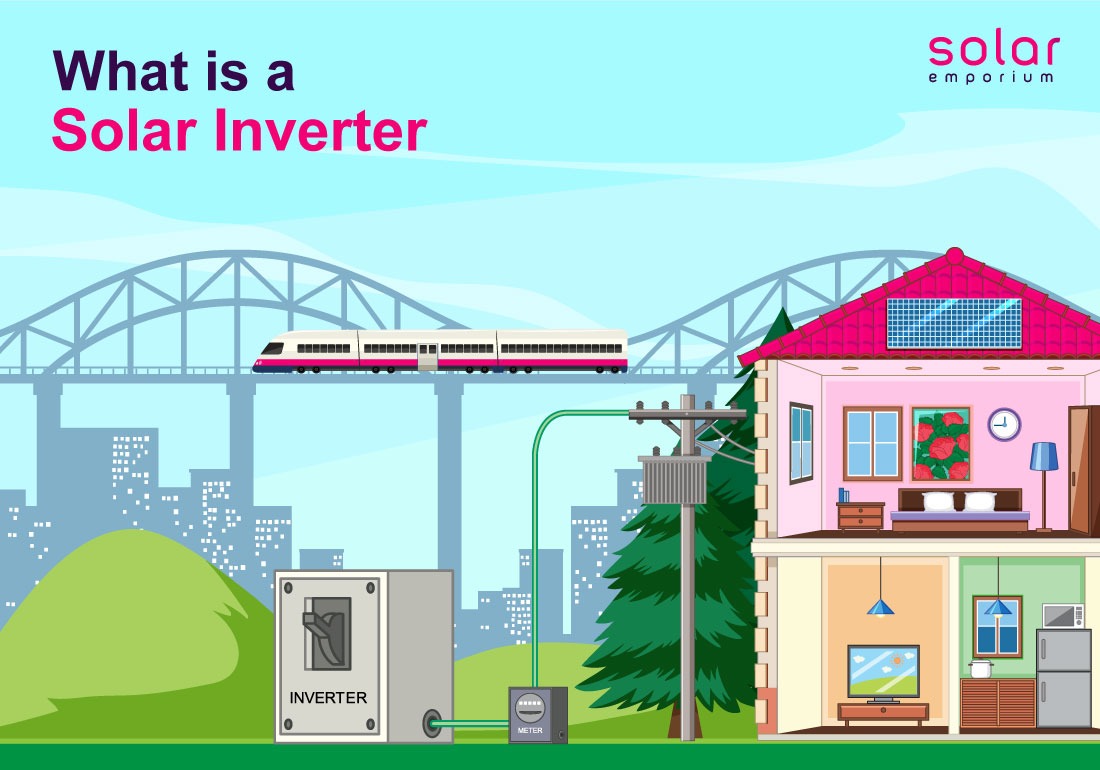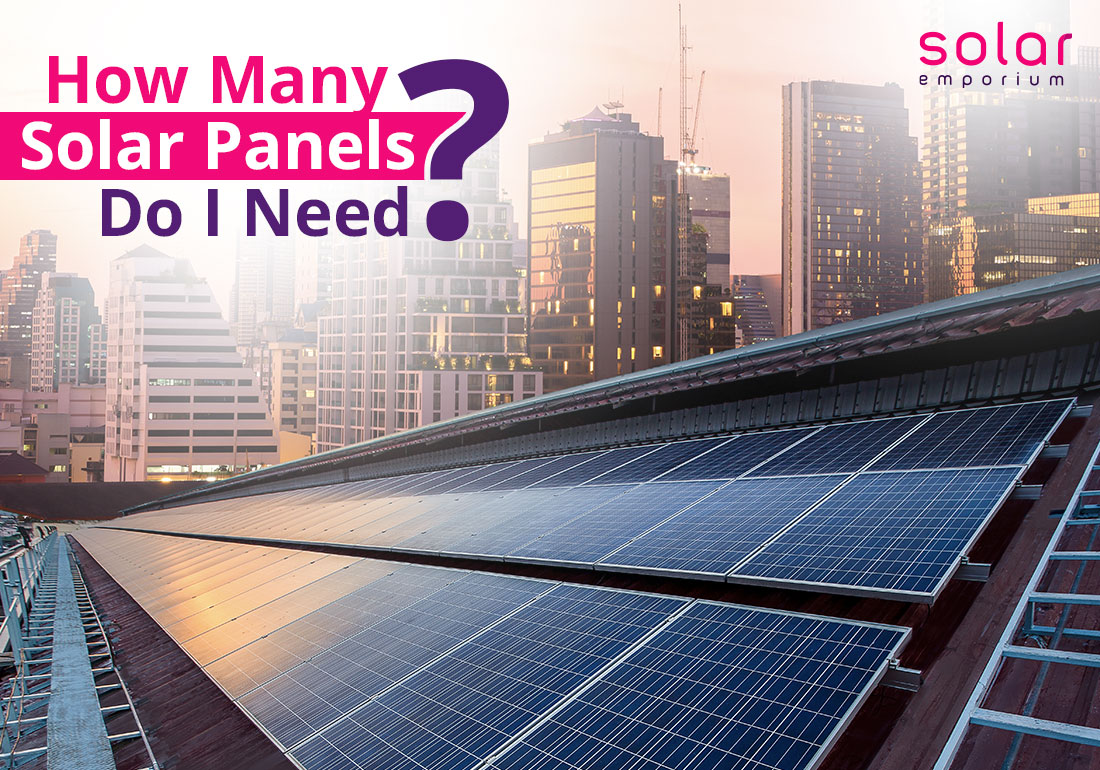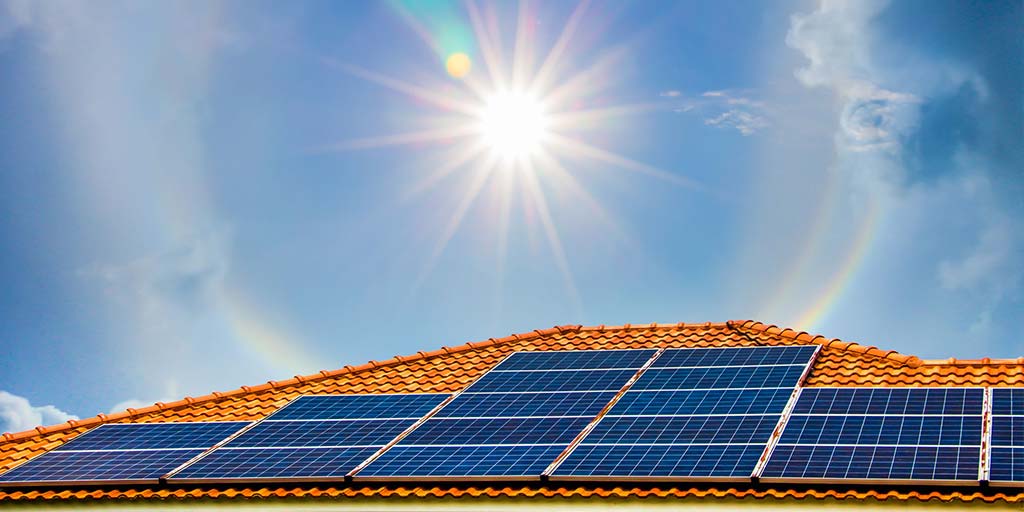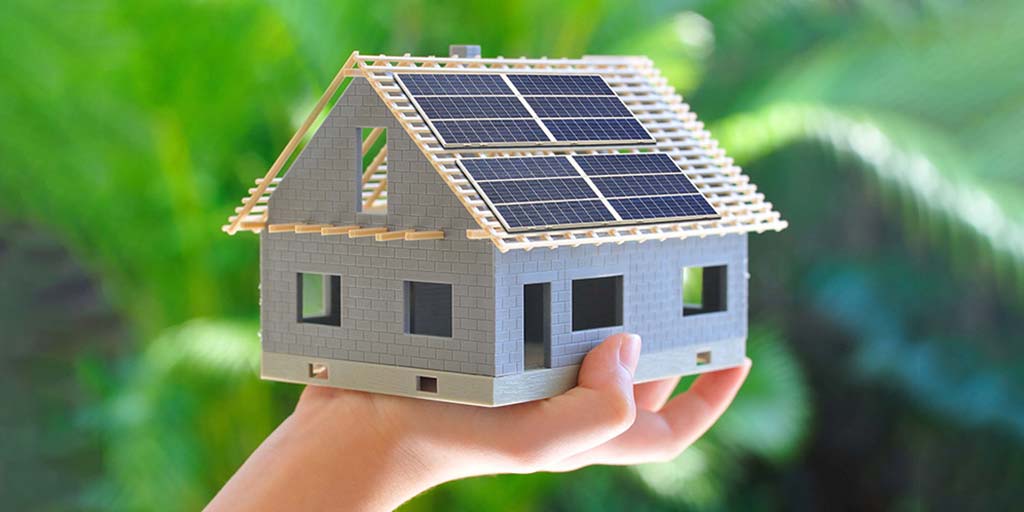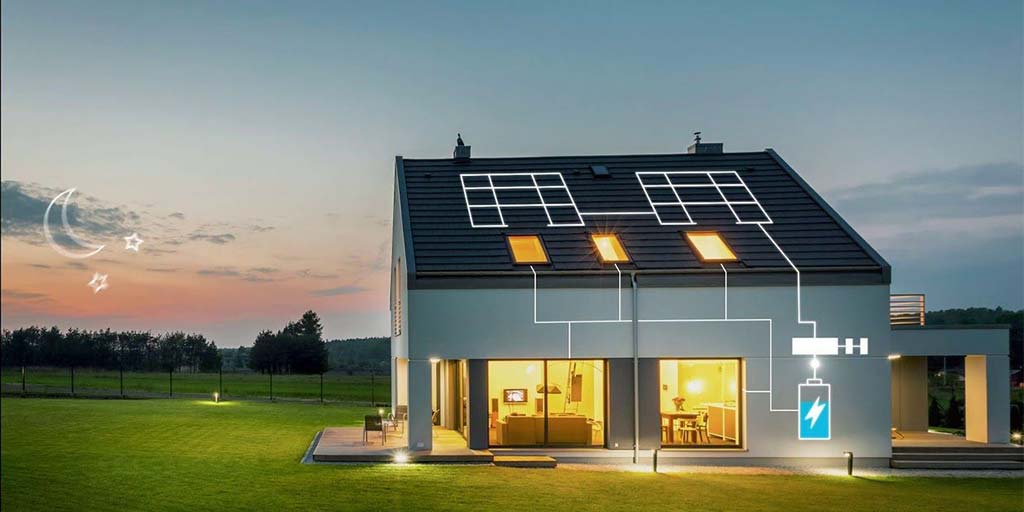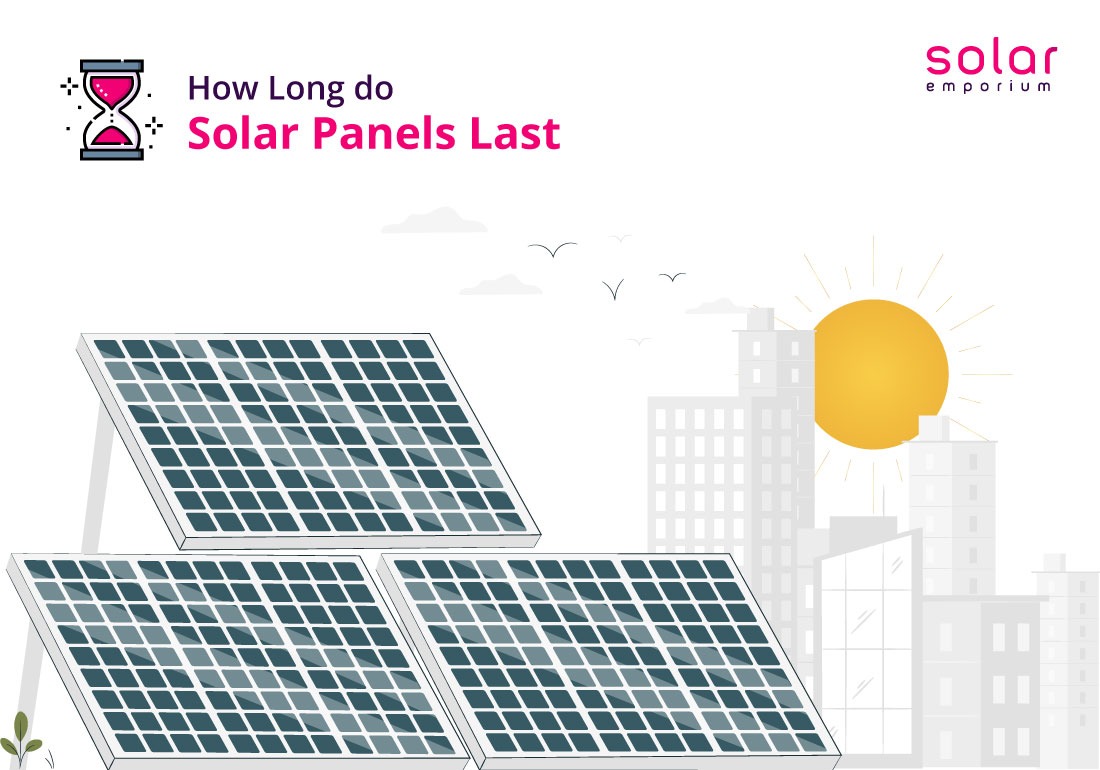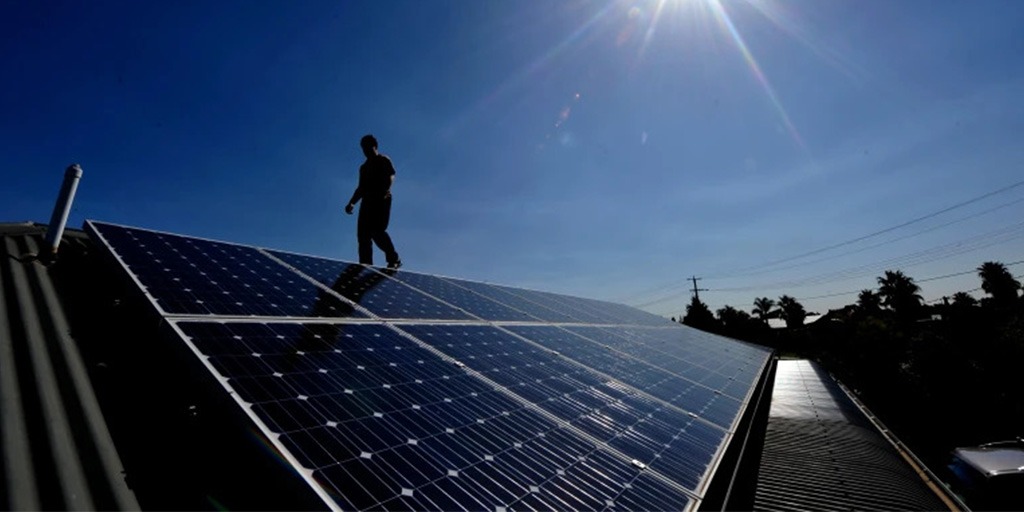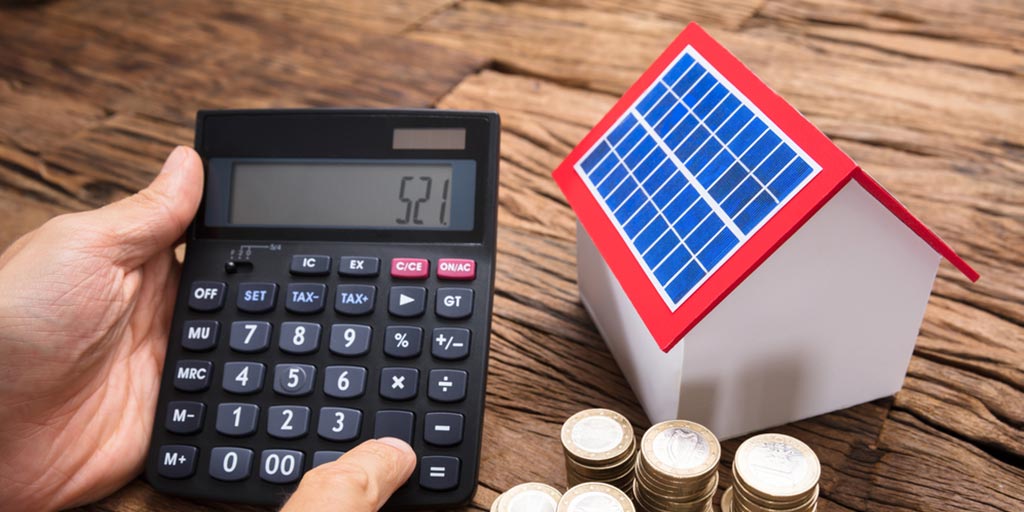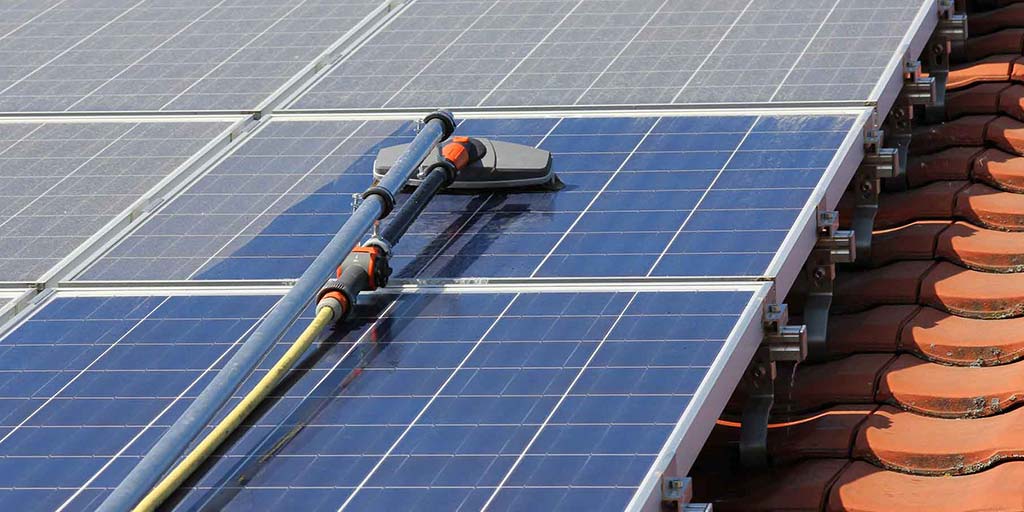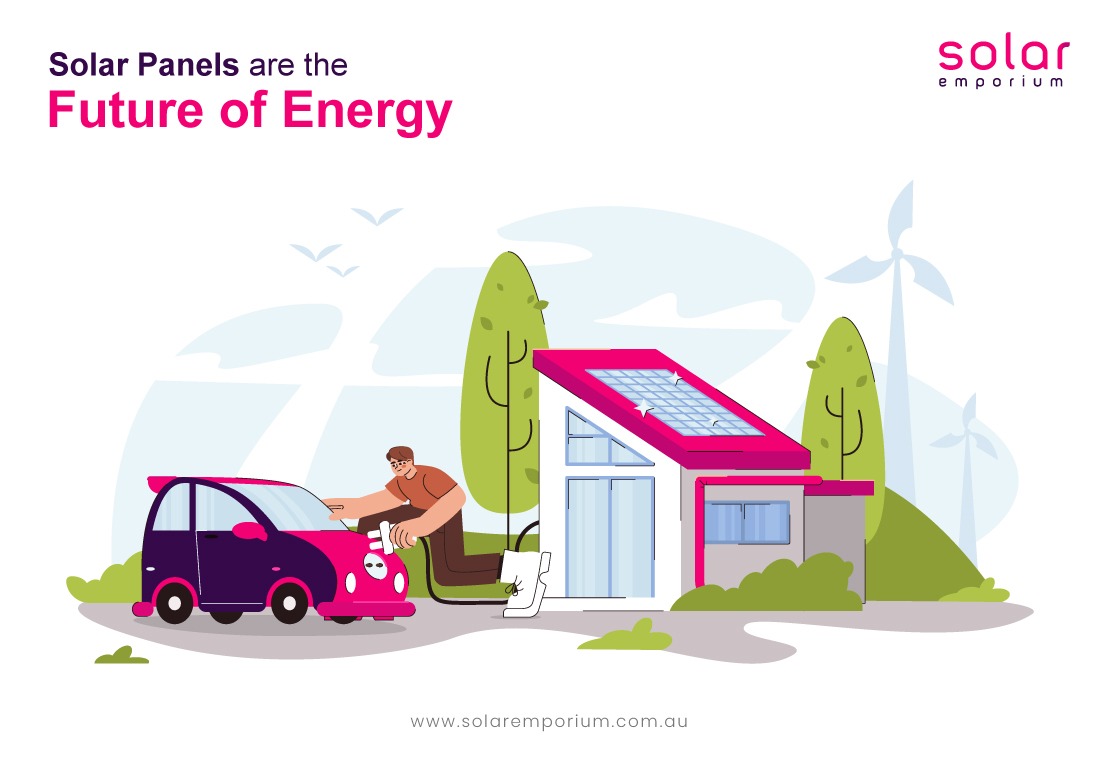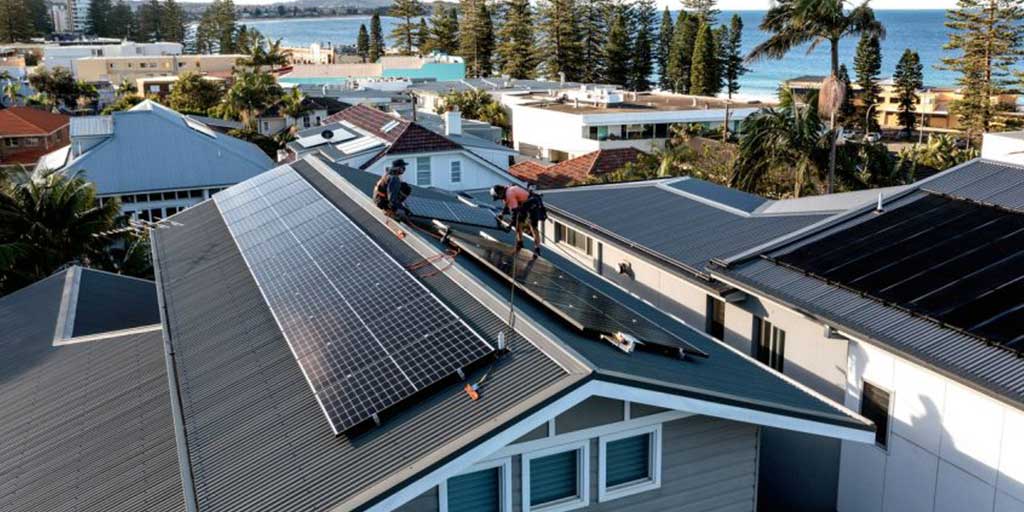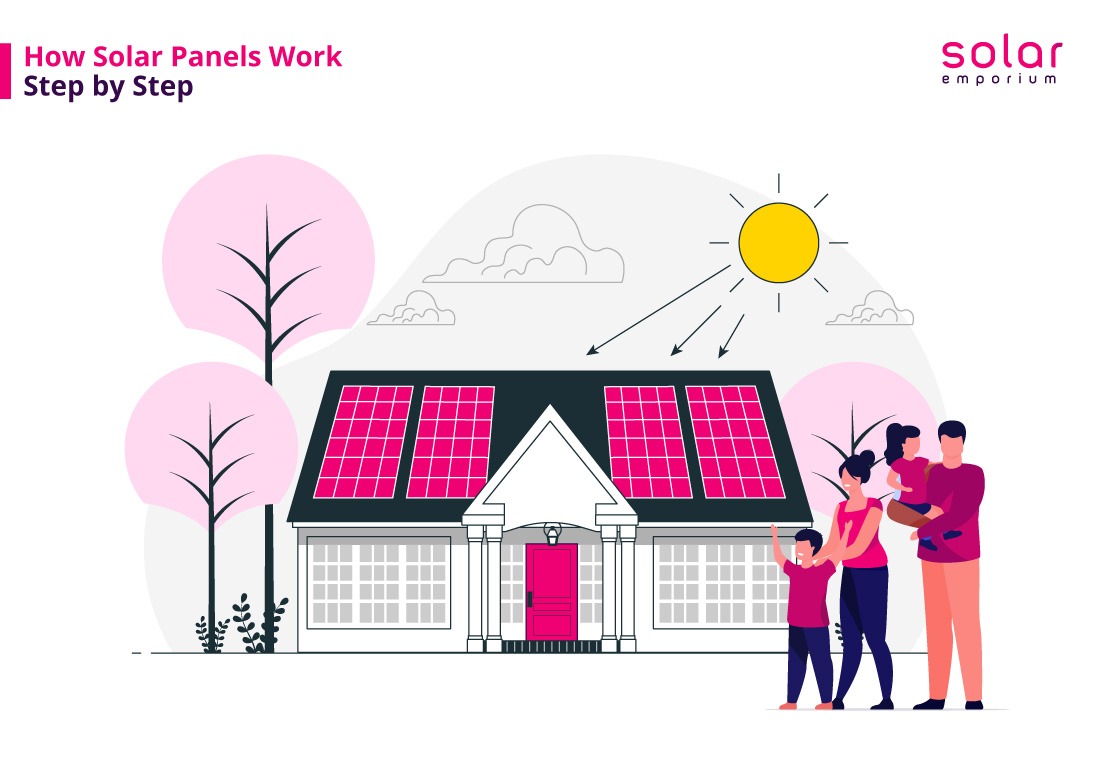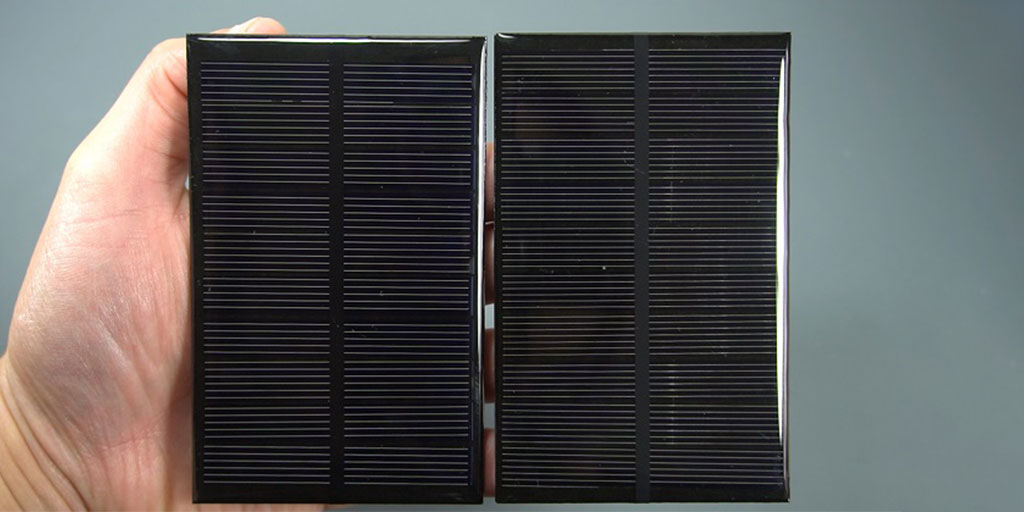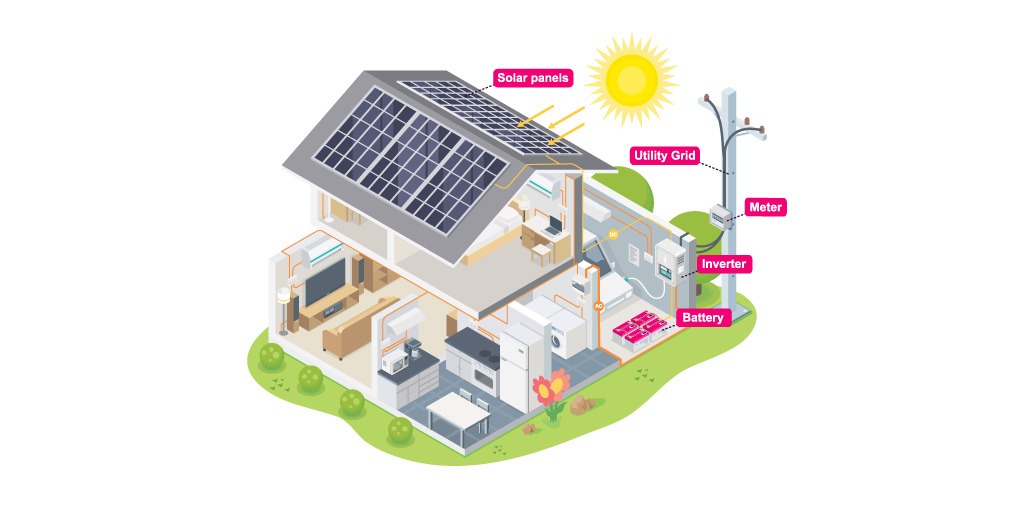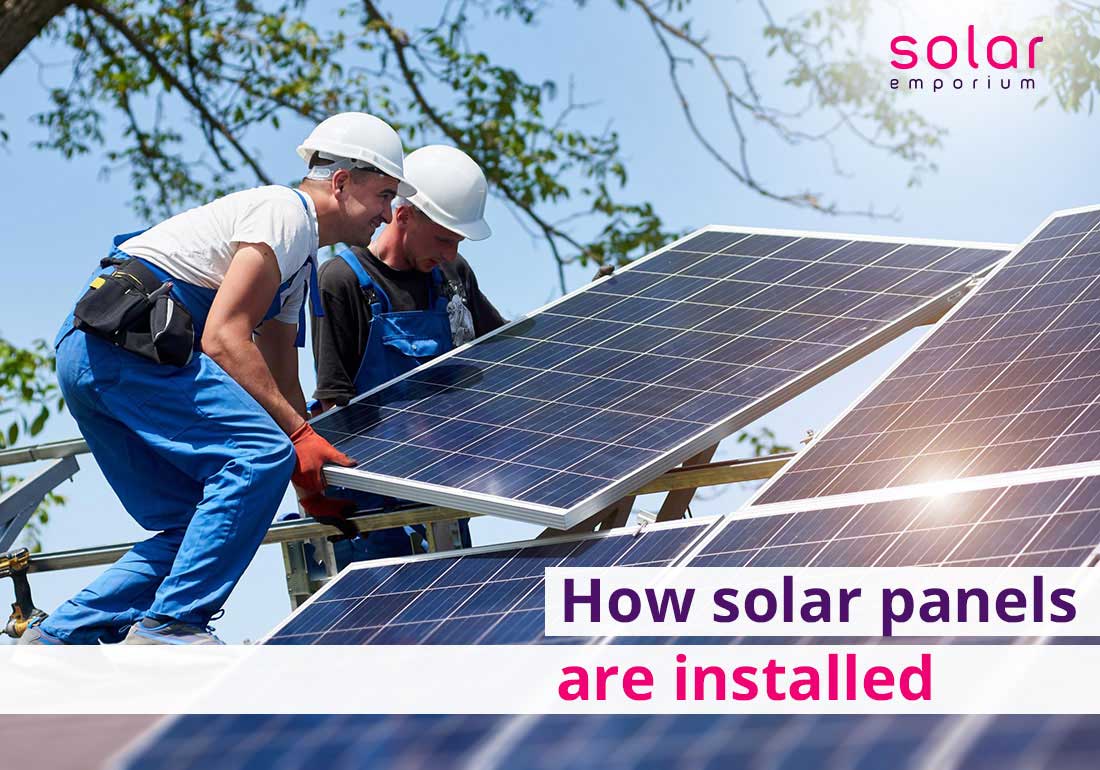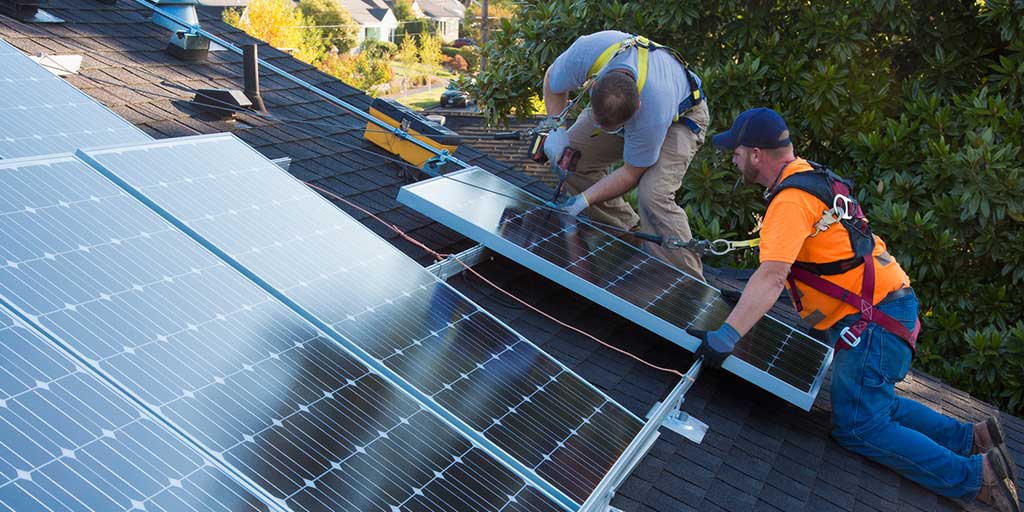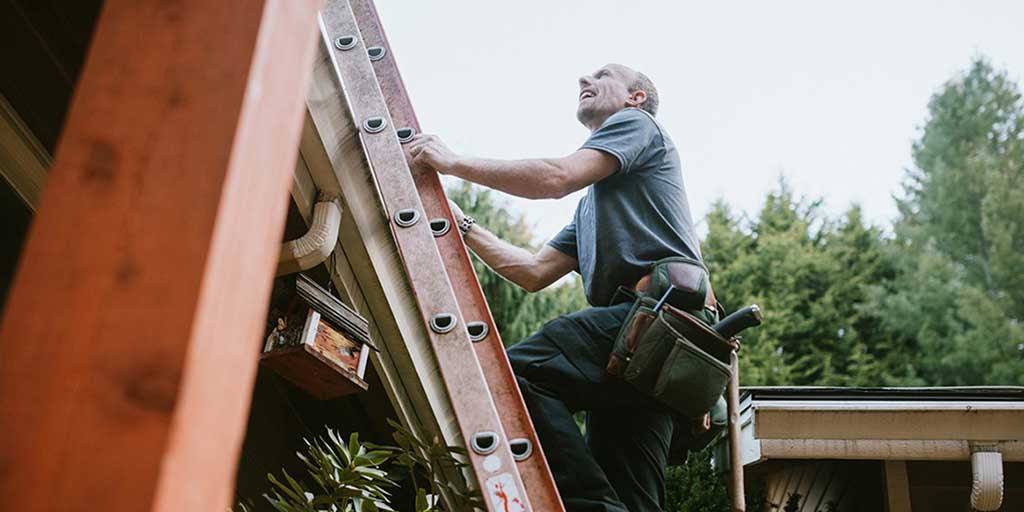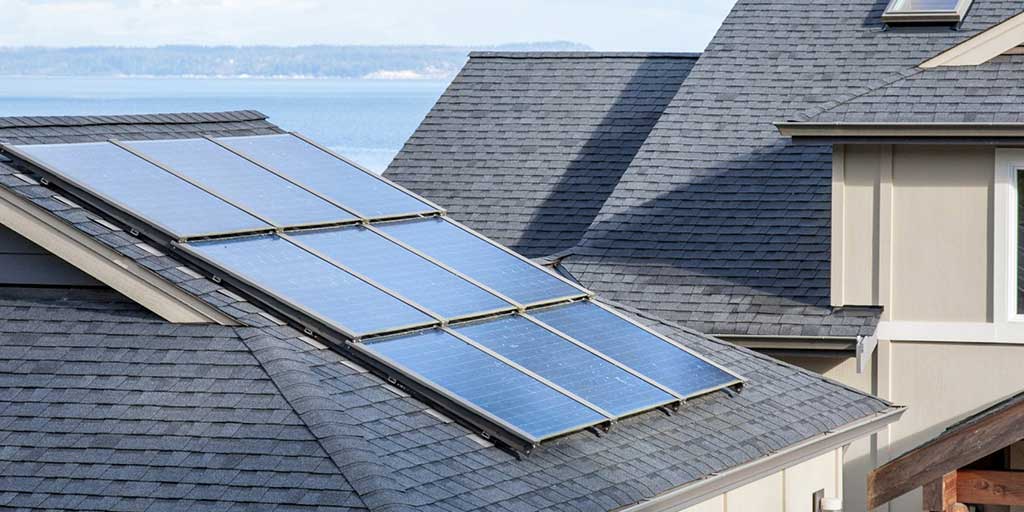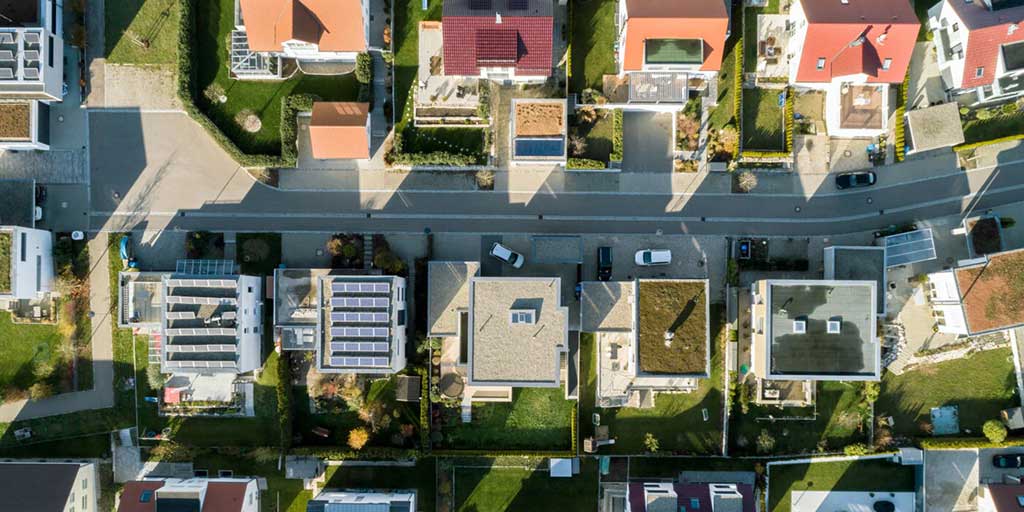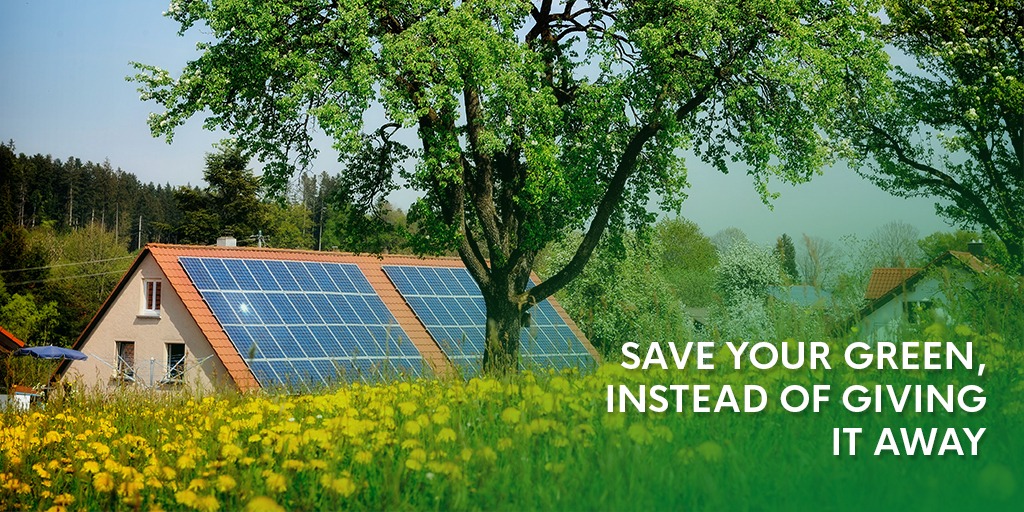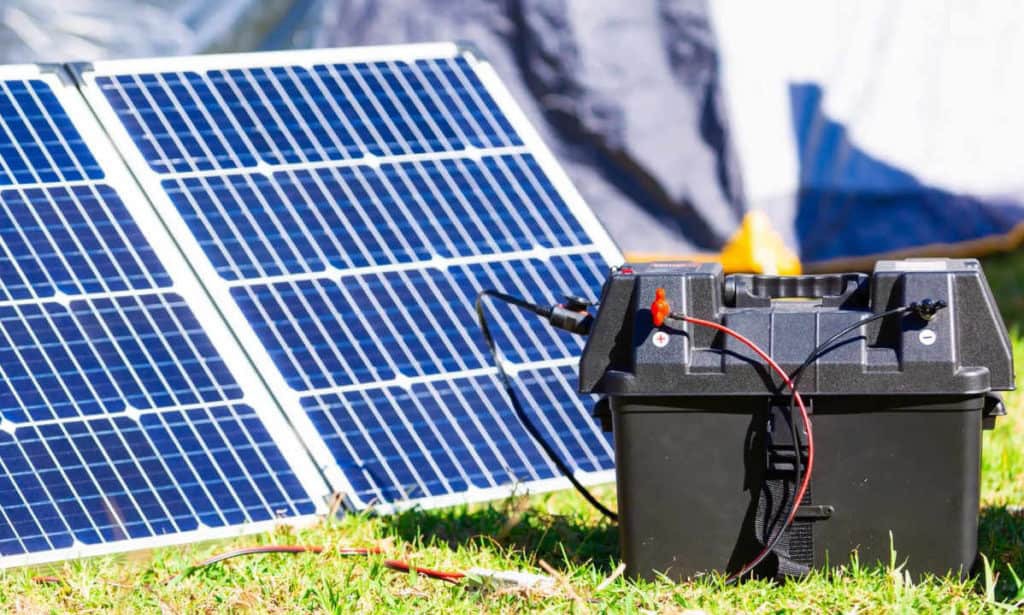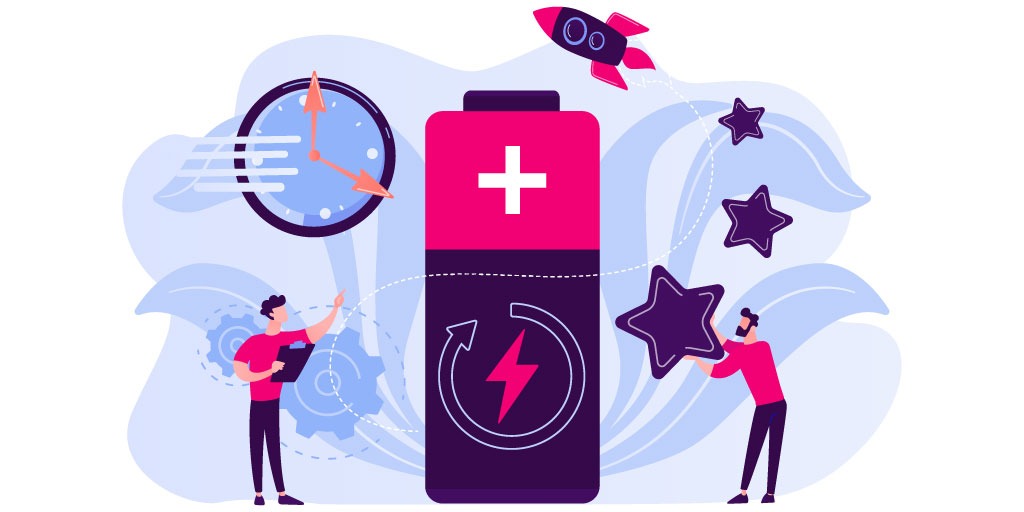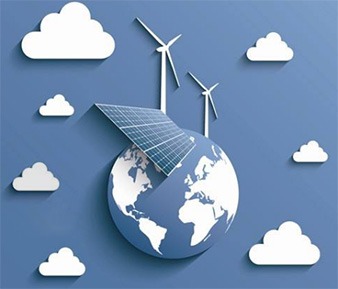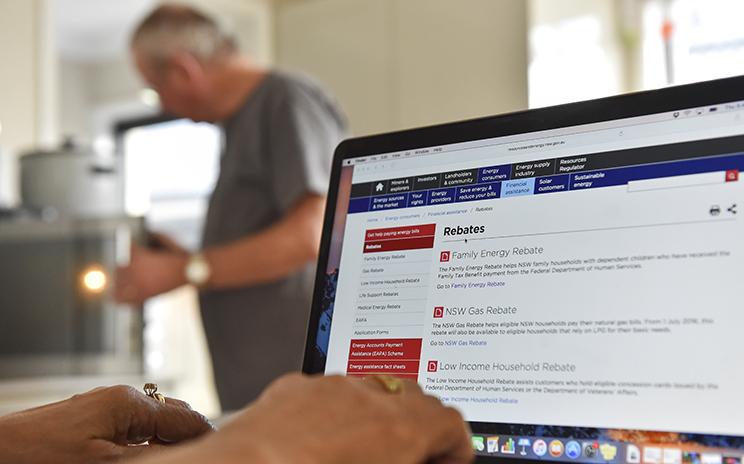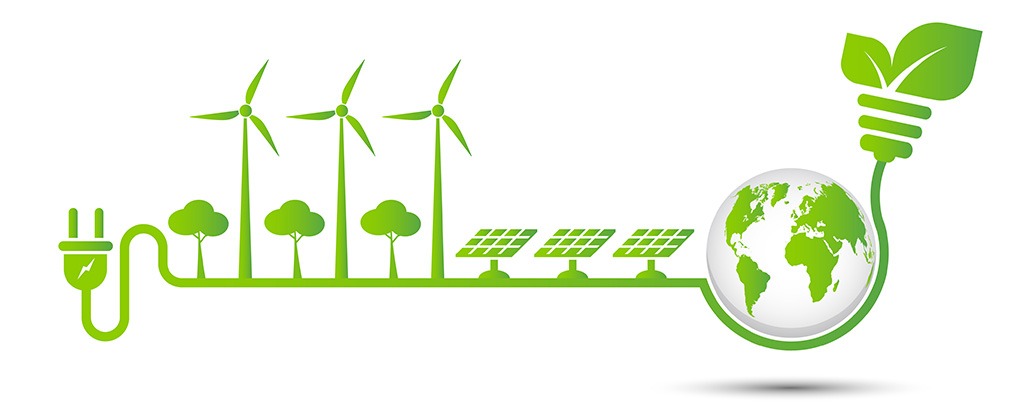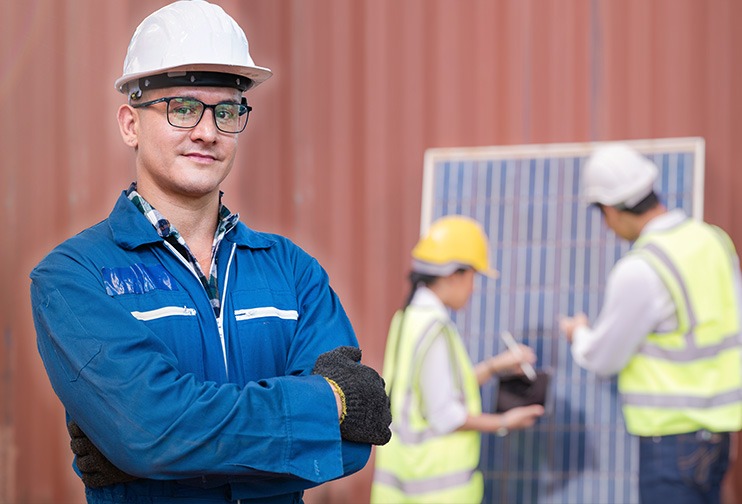If you are looking forward to getting your own solar PV system, I’m sure you know by now that a solar system consists of at least two crucial pieces of mechanism. The first is the solar panel itself, and the second is a solar inverter. Solar panels are essentially silicon plates that can generate electricity if exposed to sunlight. (Read more on that- here)
So, what is a solar inverter? Simply put, solar inverters make it possible for us to use the solar power generated by the panels. Otherwise, solar panels only can provide us with DC (Direct Current) electricity which is not consumable by regular appliances. What solar inverters do is convert that DC electricity into AC (Alternating Current) electricity, which is a usable form of energy.
In-essence it converts DC to AC by rapidly shifting the direction of a DC input. A DC input becomes an AC output as a result. Filters and other electronics can also be used to provide a voltage that fluctuates as a clean, repeating sine wave and can be fed into the power grid.

A Little History of Solar Inverters
Solar inverters were around back in the 19th century, and it wasn’t popularized until the 20th century. Most of its major modifications and improvements were introduced later on. But if we were to credit someone for gifting this incredible technological piece of wonder to mankind, that would be Nikola Tesla. He was a famous scientist back in the day and still is a legend in scientific history.
Previously, rotational motors were used to alternate between connecting the DC source forward and backward. Today, transistors are used to construct electrical switches, which are solid-state devices with no moving components. Thus, a smoother operation with cooperatively less hassle.
If you have a home solar system, your inverter most likely serves multiple purposes. It can monitor the system and provide a portal for connection with computer networks (WIFI, ethernet) in addition to converting solar energy into AC electricity. If the system allows, solar-plus battery storage systems rely on modern inverters to run without any grid backup during outages.
Types of Solar Inverter
There are many types of solar inverters performing one core task while differing in their ways of achieving the goal and some additional benefits. Here is a brief discussion on several types of solar inverters –
String Inverter
String inverters are the most popular and oldest form of solar inverter. It is a simple type of solar inverter that connects all the solar panels in a single string to the inverter. In this category, ‘N’ numbers of solar panels are linked together in a series, with a single string connected to a single string inverter.
They are the most affordable type of solar inverter. With a system so straightforward, it is extremely easy to install and maintain the entire system.
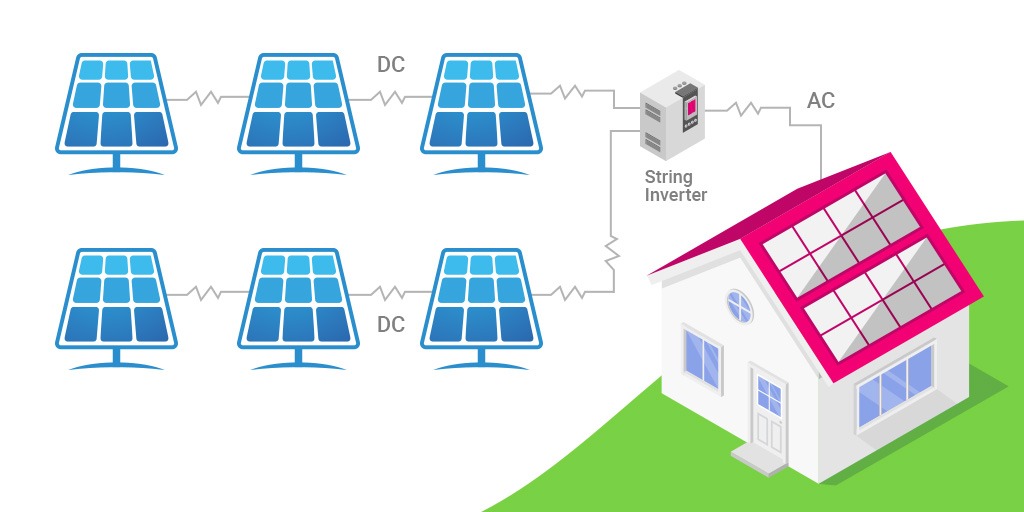
However, they have a drawback. Since all the solar panels are linked to the inverter via the same chord, the entire PV system’s performance deteriorates if a single panel faces shading issues. Also, your options for future expansion are limited with string inverters unless you buy a whole another inverter. In this case, upsizing the system and going for a larger capacity inverter is the smartest move.
Nevertheless, string inverters are tried, tested, and trusted by the majority of Australians.
Microinverter
This is a comparatively new-gen inverter that overcomes the hindrance of string inverters. Microinverters are small inverters that are installed at the back of each solar panel. This removes the threat of the entire string suffering from shading issues for a single panel and lets each solar panel work individually.
Like the regular inverter, it also performs the core task of converting DC to AC for us to use. Rather than converting the entire solar system, a microinverter converts DC to AC for a single panel. This ensures maximum power generation and elevated efficiency for the entire system combined.
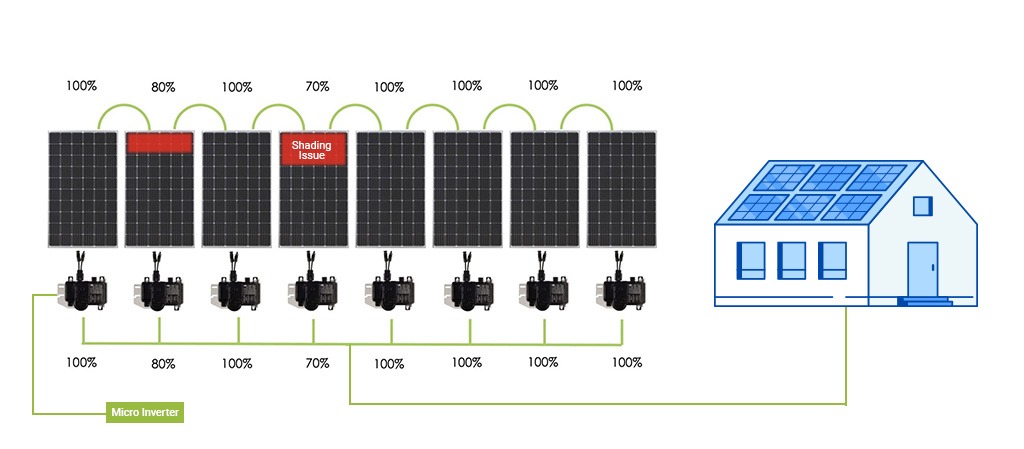
Please note that microinverters are comparatively expensive. Because of their high efficiency and complicated mechanism, they are priced higher than other types of solar inverters. However, if you are a homeowner who is looking for the best outcome without worrying about the budget, you can give microinverters some serious consideration.
Hybrid Inverter
This is an extremely popular type of inverter among solar enthusiasts. If you live in an area that is notorious for frequent power outages or the sun exposure isn’t quite as reliable in your exact solar space, this one would be an ideal choice.
Hybrid inverters do connect in a series like your regular string inverter, but it works smartly. To paint a clearer picture, let us suppose you are generating about 600 watts of energy from your solar array but your load, or your need for the time being, is about 1000 watts. Your regular inverter would seek power from the external battery bank, and if that doesn’t suffice, it will take in electricity straight from the grid. However, that isn’t the most efficient choice.
What a hybrid inverter does is it takes in all it can from the panels and the battery bank, which is within the inverter itself, and then it goes out to seek power from the grid. Nothing is wasted; you only take however much you need. This way, you are less dependent on the grid, thus reducing your overall power bill.
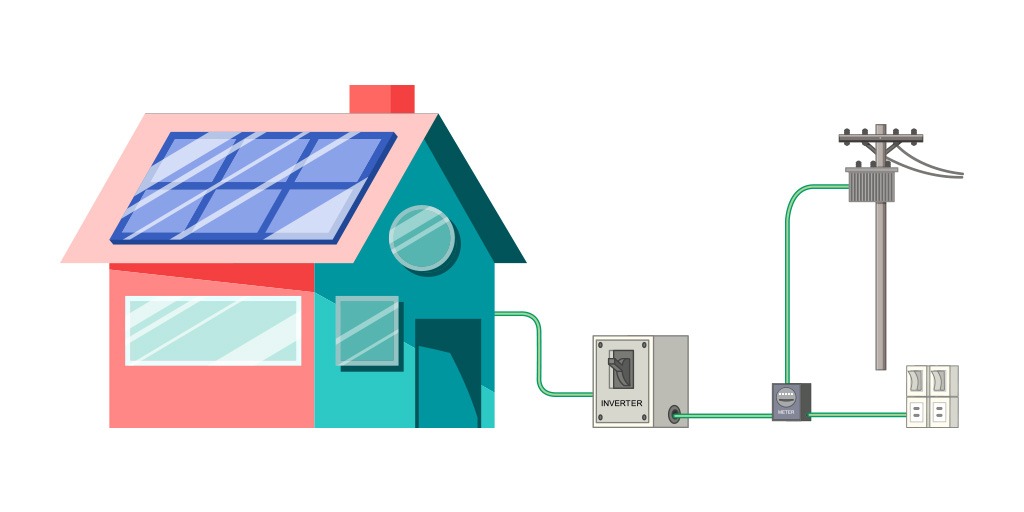
Pro Tips
- It is essential to go with a CEC-approved solar installer in order to enjoy the government schemes provided to you. The entire system must be on the CEC list of approval. Check for more information- here.
- All of the solar inverts, no matter which brand, come with a minimum of 5 and a maximum of 15 years of guarantee. Some brands give you additional years with the help of external companies. Make sure to double-check your options.
Before you go on and make the purchasing decision for any of these, make sure you have talked with a solar expert. There are many underlying factors that aren’t generic but specific to your house. With proper inspection, those factors can be determined and catered for.
Experts in the solar industry can help you with your solar journey, so if you want help navigating your solar experience, hit the get help button below.
